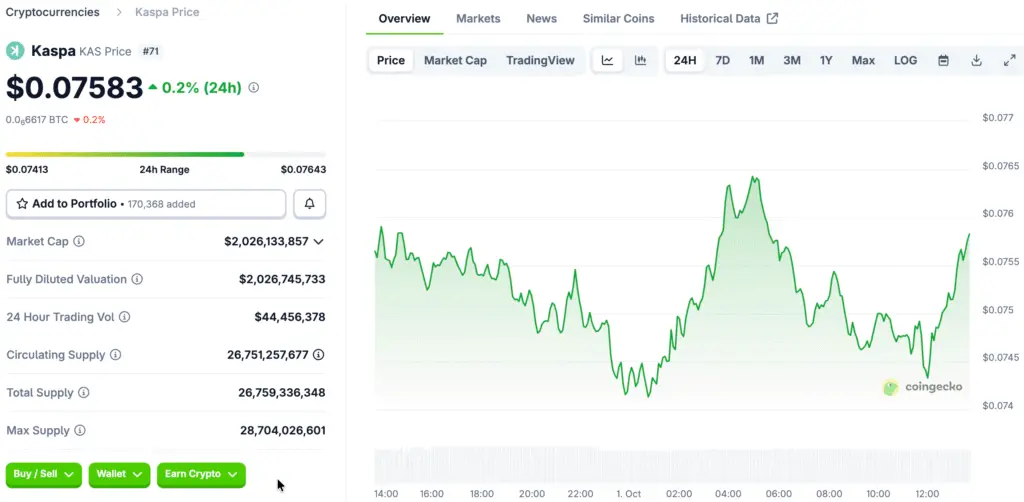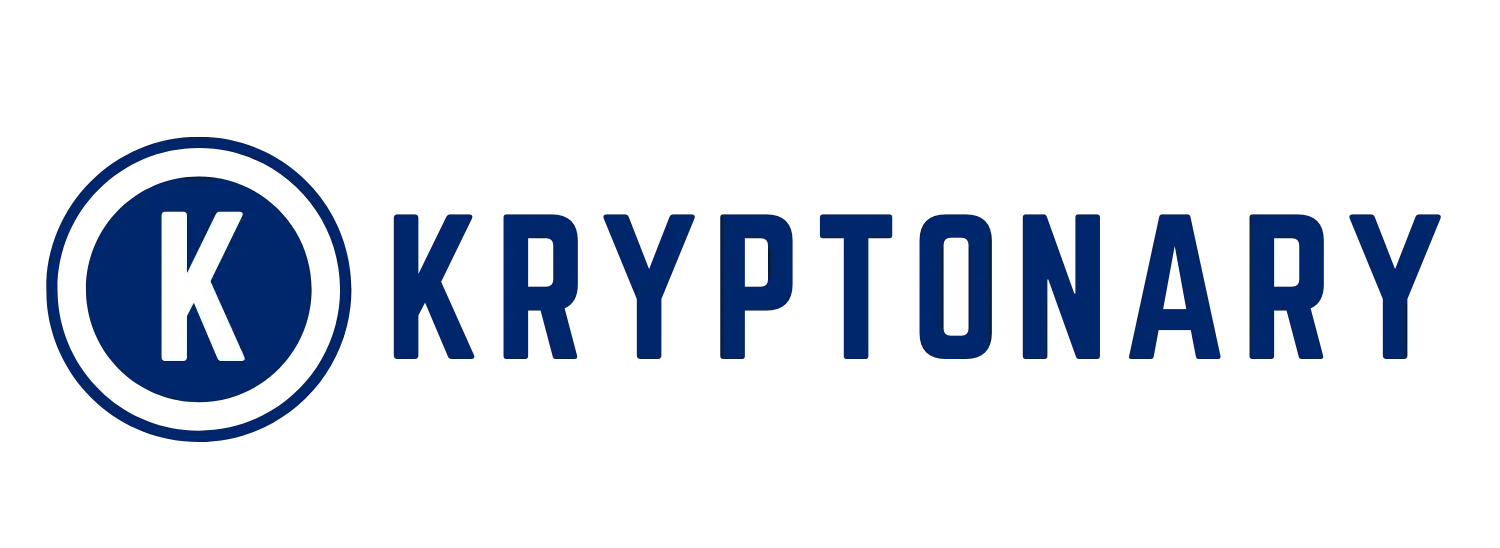Kaspa Bets On Speed And Efficiency To Stand Out
Kaspa is making its way in the crypto world by focusing on practical functionality and architectural innovation instead of marketing that is based on hype. Its Directed Acyclic Graph (DAG) structure lets more than one block be processed at the same time, which makes transactions go faster than on traditional blockchains.
This method is meant for situations where real-time payments are needed and delays can make them less useful. Kaspa’s design choices give it a strategic edge over slower legacy networks that are having trouble with congestion and confirmation lags in a market where speed directly affects adoption potential.

BlockDAG Architecture Enables Unprecedented Transaction Throughput
Kaspa’s BlockDAG system is different from regular linear chains because it lets blocks be created at the same time. This new feature greatly increases throughput while keeping the network safe and decentralized. At the moment, the block rate is one per second, but it is meant to go up even more.
This high transaction capacity cuts down on the bottlenecks that happen on networks like Bitcoin or Ethereum when they are busy. Kaspa is a good choice for everyday financial transactions and future high-volume blockchain applications because it puts scalable speed first.
Low Transaction Fees Enhance Kaspa’s Practical Appeal
Kaspa also stands out because its network structure makes it possible for it to always have low transaction fees. Kaspa is a good choice for people who want to save money because it has high throughput, which keeps costs low even when the number of transactions goes up.
On the other hand, many blockchains have trouble with fee spikes when there is a lot of demand. Kaspa’s architecture avoids these problems, making it easier for more people to use and supporting a wide range of use cases, from small transactions to bigger business payments, all without high costs.
Recommended Article: Kaspa Breaks Out on zkEVM Hype, Solana Holds $200, But BlockDAG’s $405M Raise Steals the Spotlight
Community-Driven Resilience Supports Network Stability
The strength of Kaspa comes more from its grassroots community than from speculative whale activity. Even though it isn’t listed on big exchanges like Binance or Coinbase, its price stability shows that a lot of people are interested in it and believe in its mission.
Decentralized mining participation makes the network even healthier. Kaspa keeps decentralization and protects against concentration risks that could hurt security or governance integrity by letting miners with lower hash rates make meaningful contributions.
Challenges Lie Ahead as Kaspa Expands Its Reach
Kaspa has a lot of potential, but the market is changing quickly, so it needs to keep changing with it. To keep the momentum going and make the ecosystem grow in a meaningful way, it is still important to attract developers and users, even though there is a lot of competition from established Layer 1 blockchains.
Governance is still a very important area. Kaspa will be able to keep its core values while growing its business if it stays neutral and doesn’t give in to centralization pressures. Transparent community involvement and responsible protocol evolution will be very important in reducing these risks.
Opportunities Abound If Kaspa Executes Strategically
Kaspa’s strengths — speed, scalability, and low fees — put it in a good position to take advantage of new opportunities in payments, decentralized finance, and apps that use microtransactions. Its neutral Layer 1 design is appealing to developers who want infrastructure that is flexible, efficient, and free of centralized bottlenecks.
Strategic partnerships, listings on exchanges, and the growth of the developer ecosystem could all speed up adoption. As the blockchain industry matures, Kaspa can gain a competitive edge among the top platforms by combining new technologies with specific growth plans.
Kaspa’s Future Hinges On Balancing Innovation And Governance
Kaspa’s future depends on keeping its architectural advantages while carefully dealing with problems with governance and market growth. It will be able to stay relevant and gain market traction in the long term if it stays neutral, scalable, and community-driven.
Kaspa could become a major player in the blockchain space if it can find a way to balance these factors. As the crypto markets change quickly, this project is worth keeping an eye on because of how it combines new technology with strong community support.














